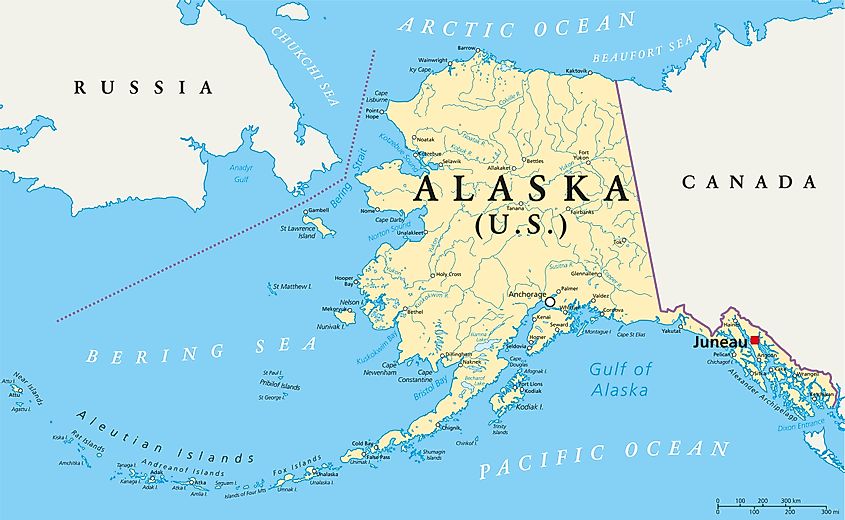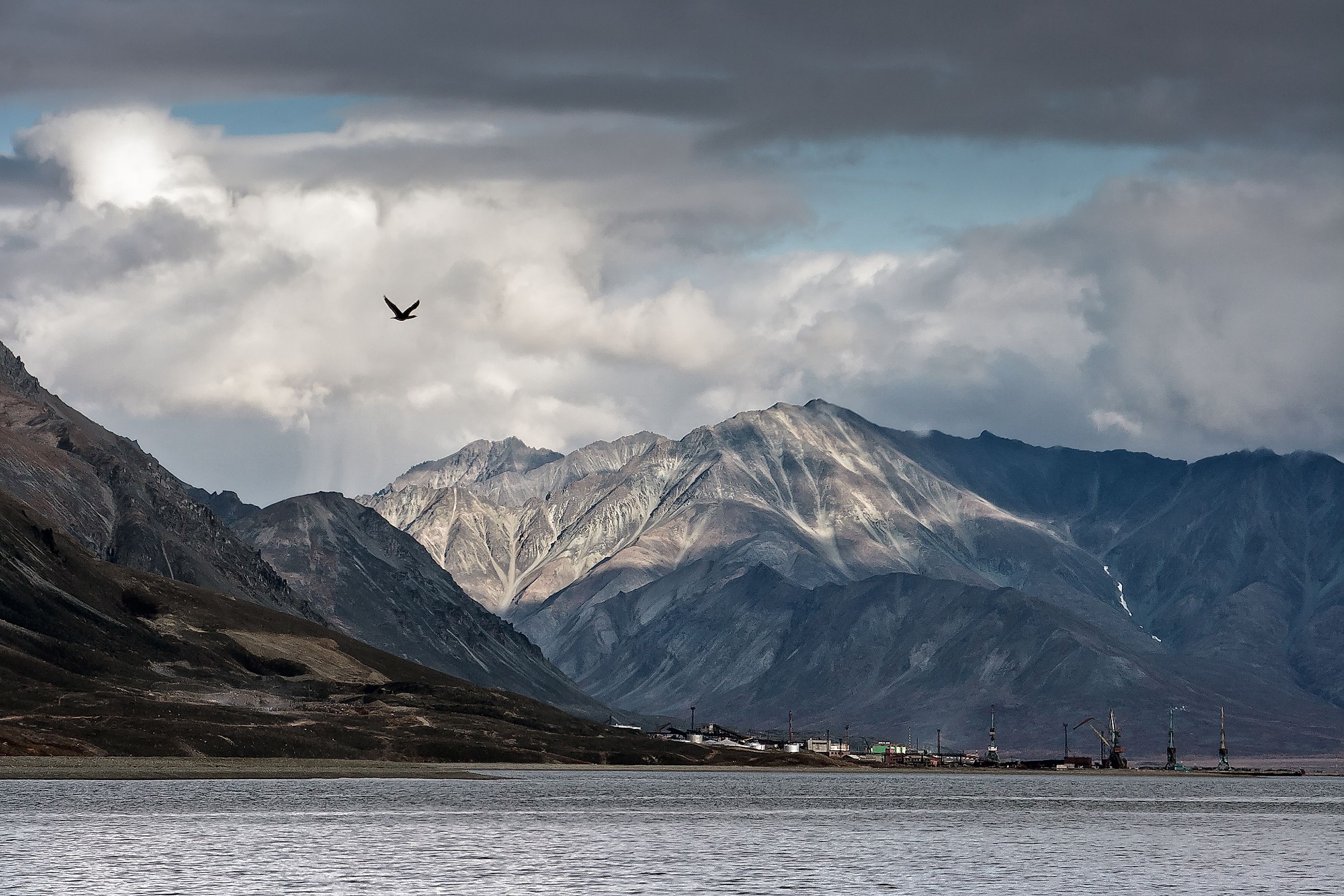
Bering Sea
Marginal seas can be defined as large, shallow water bodies that are located along the continental margins. Encompassing a total area of about 165.25 million km2, the Pacific Ocean comprises many significant marginal seas. The Bering Sea is such a marginal sea in the northern part of the Pacific Ocean, which together with the Bering Strait separates the two continents of North America and Asia.
In 1648, the Russian explorer Semyon Dezhnyov was the first European to explore the Bering Sea and the Bering Strait. However, both the sea and the strait have been named after the Danish Captain Vitus Bering, who first systematically explored the area along with a team of Russian sailors in 1728.
Where Is The Bering Sea?
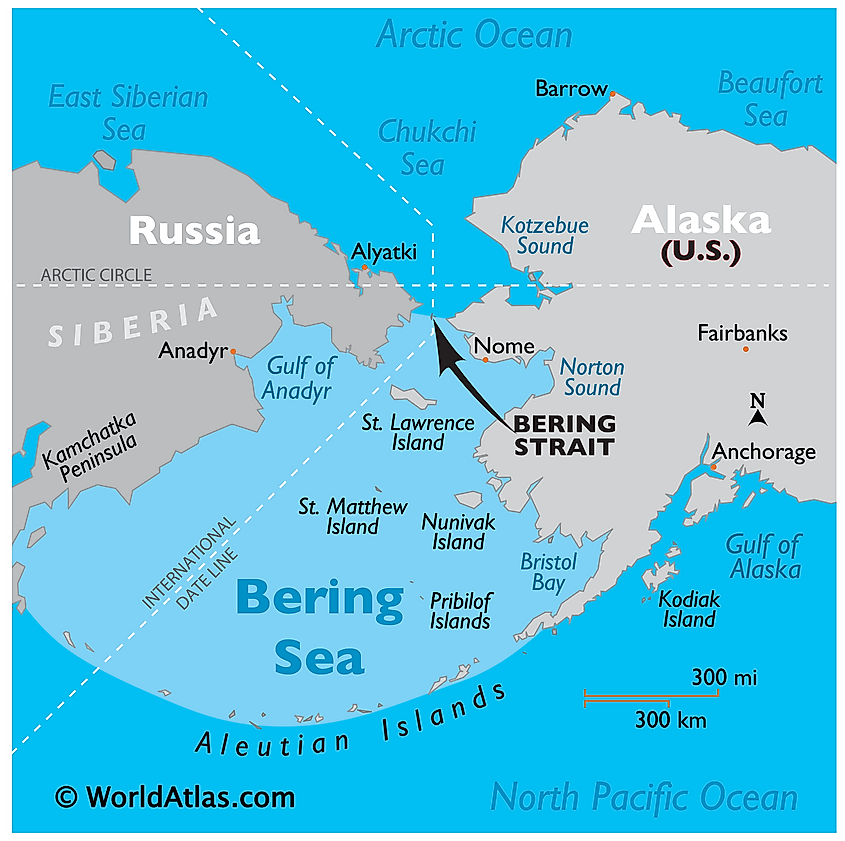
Covering an area of more than 2 million km2, the Bering Sea is bordered by the US state of Alaska to the east and northeast, the Kamchatka Peninsula and the Far Eastern region of Russia in the west, and the chain of the Aleutian Islands in the south. It is connected with the Chukchi Sea of the Arctic Ocean via the Bering Strait in the north.
The Bering Sea can be divided into two equal portions: a shallow area along the continental shelf in the northern and eastern parts of the sea, and a deeper area in its southwestern part. This deeper portion of the sea is divided by ridges into three basins, namely the Aleutian Basin, the Bowers Basin, and the Komandor Basin. The deepest point of the Bering Sea is located in the Bowers Basin at a depth of 4,097 m.
Geography
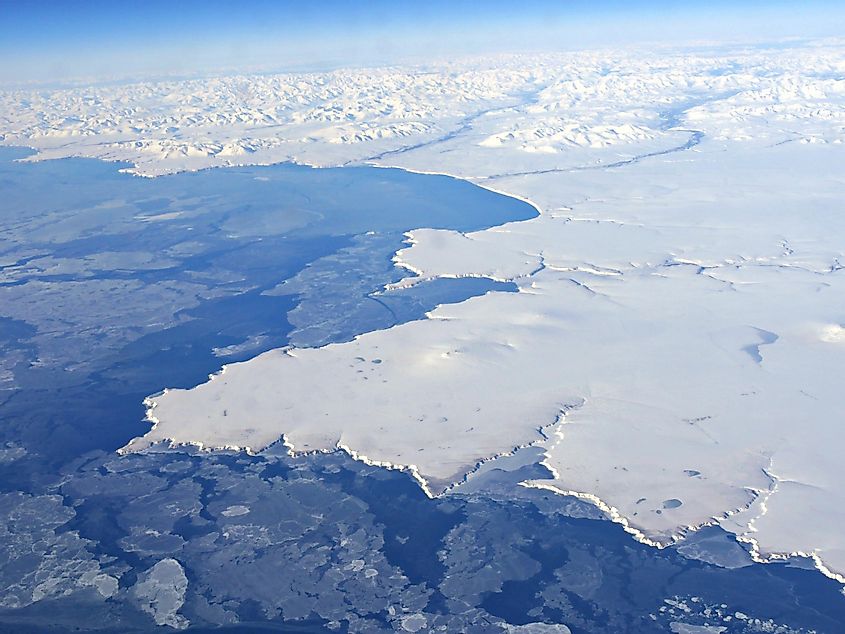
There are about 16 submarine canyons in the Bering Sea. Situated in the sea’s center is a large underwater canyon known as the Zhemchug Canyon. It is also the world’s largest and the deepest submarine canyon.
The two rivers which drain into the sea are the Anadyr and the Yukon Rivers. Some of the largest bays in the Bering Sea include Bristol Bay, the Gulf of Anadyr, and the Norton Sound. Located in the southwestern part of Alaska, Bristol Bay is also considered the easternmost extension of the Bering Sea.
Many islands are situated in the Bering Sea. These include the islands of King, Diomede, Pribilof, Komandorski, St. Lawrence, St. Matthew, Karaginsky, Hagemeister, Nunivak, and Sledge.
The eastern and northern parts of the Bering Sea experience severe winters in comparison to the cool and rainy summers in the western and southern portions of the sea. The northern part of the sea faces an average annual temperature of about -10 °C and remains covered with ice during the winter months. January and February are the sea’s coldest months while July and August are the warmest months.
Wildlife
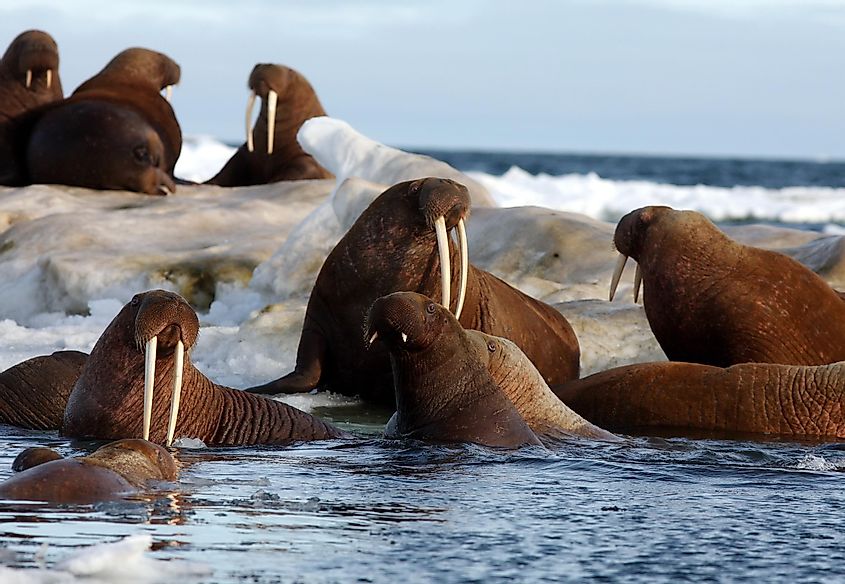
The Bering Sea is one of the most productive fishing grounds in the world. Several important commercial fish like Pacific cod, flounder, flatfish, halibut, herring, pollack, salmon, and sablefish are found here. Shellfish like snow crab and red king crab are also found in the Bering Sea. In addition to this, the Bering Sea supports many species of whales like the beluga, bowhead, blue whale, gray, sperm, killer whale, and the North Pacific right whale. Some other marine mammals that are found here are the walrus, fur seal, sea otter, sea lion, and polar bear. Several species of seabirds including the short-tailed albatross, crested auklet, spectacled eider, red-legged kittiwake, and tufted puffin are also found here.
